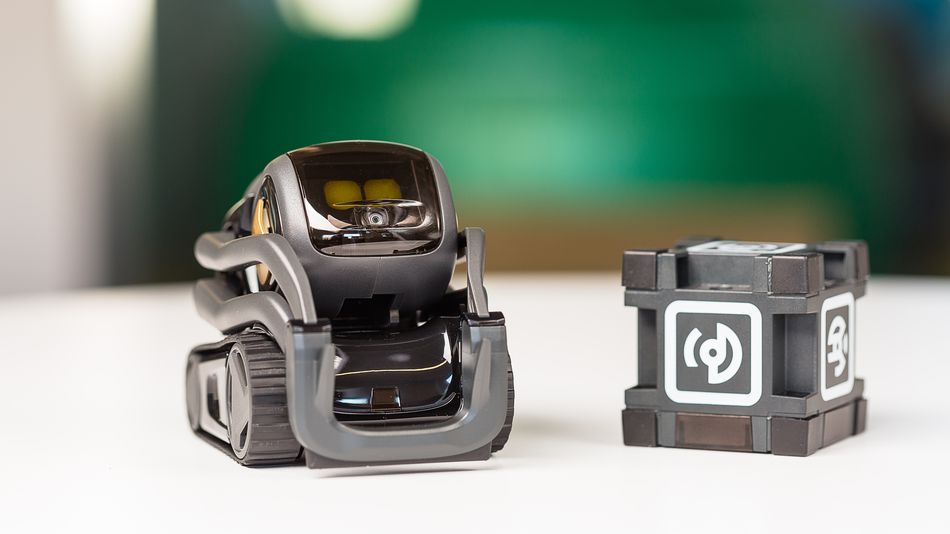We will be using the following Anki Vector Distance Sensor Proximity Commands
Here they are:
robot.proximity.last_sensor_reading.distance
robot.behavior.say_text() – Behaviors represent a complex task which requires Vector’s internal logic to determine how long it will take. This may include combinations of animation, path planning or other functionality. Examples include drive_on_charger, set_lift_height, etc.
getting distance_mm – Represents a distance. The class allows distances to be returned in either millimeters or inches.Use the distance_inches() or distance_mm() convenience methods to generate a Distance instance.
for loops – A for loop is used for iterating over a sequence (that is either a list, a tuple, a dictionary, a set, or a string).
This is less like the for keyword in other programming languages, and works more like an iterator method as found in other object-orientated programming languages.
Use this program to easily measure distance.
#Marfag.co.uk
import anki_vector
import time
def main():
args = anki_vector.util.parse_command_args()
with anki_vector.Robot() as robot:
for _ in range(2):
if robot.proximity.last_sensor_reading:
distance = robot.proximity.last_sensor_reading.distance
print("*********************************************************************")
print(distance.distance_mm)
print("*********************************************************************")
robot.behavior.say_text(str(distance.distance_mm) + " millimeters")
time.sleep(4.0)
else:
print("It is very difficult for me")
robot.behavior.say_text("I am hungry. Do you have pasta?")
time.sleep(3.0)
if __name__ == "__main__":
main()
